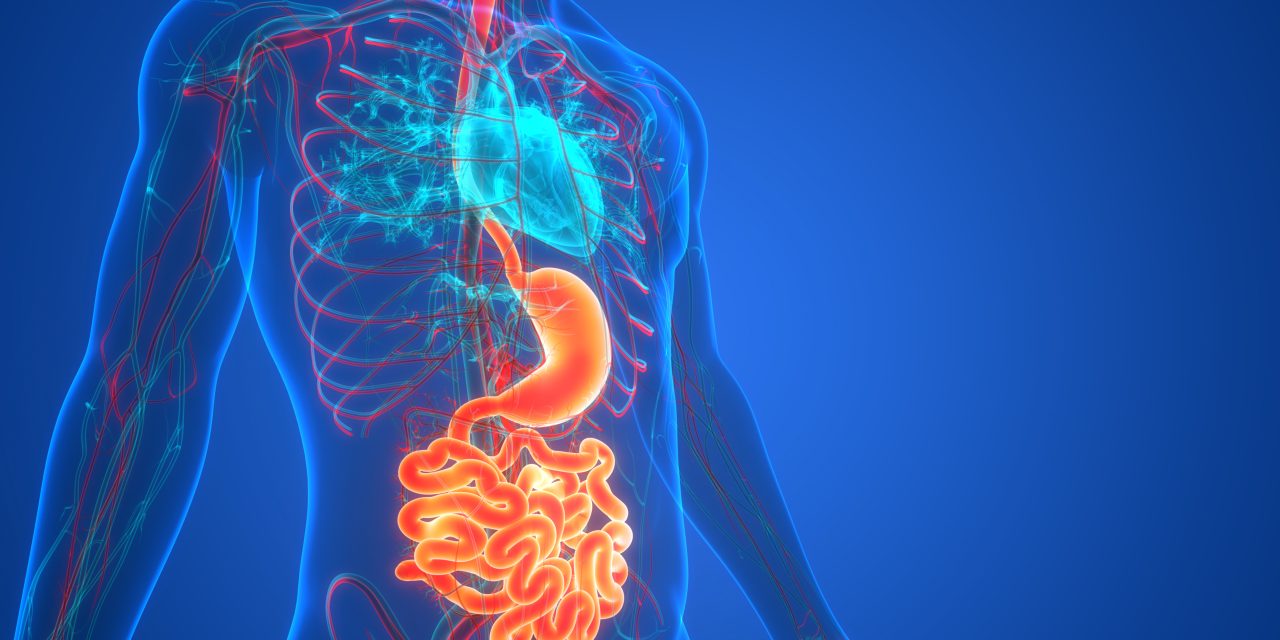Omenn syndrome (OS) is a type of severe combined immunodeficiency (SCID) that is distinguished by, lymphadenopathy, hepatosplenomegaly, erythroderma, alopecia with normal to elevated T-cell counts, eosinophilia, and elevated serum IgE levels. Recombination activation gene (RAG) 1 or RAG2 mutations that result in partial V(D)J recombination activity are known to be the main cause of OS. Other genes (DCLRE1C, LIG4, IL7RA, common gamma chain, ADA, RMRP, and CHD7) have also been linked to OS, although with low frequency. Here, we report a two-month-old Moroccan girl from consanguineous marriage with chronic diarrhea, recurrent and opportunistic infections, failure to thrive, desquamative erythroderma, hepatosplenomegaly, and axillary lymphadenitis. The immunological assessment showed normal lymphocyte and NK cell counts but an absence of B cells, agammaglobulinemia contrasting with a high level of IgE. On the other hand, Sanger sequencing of RAG1 and RAG2 exon 2 regions revealed a new homozygous deleterious mutation in the RAG1 gene. This c.1184C > T mutation caused a change from Proline to Leucine at position 395 of the protein, leading to a partial loss of function. Early and rapid diagnosis of the disease may facilitate urgent life-saving treatment.Copyright © 2021 Elsevier GmbH. All rights reserved.
Omenn syndrome caused by a novel homozygous mutation in recombination activating gene 1.


